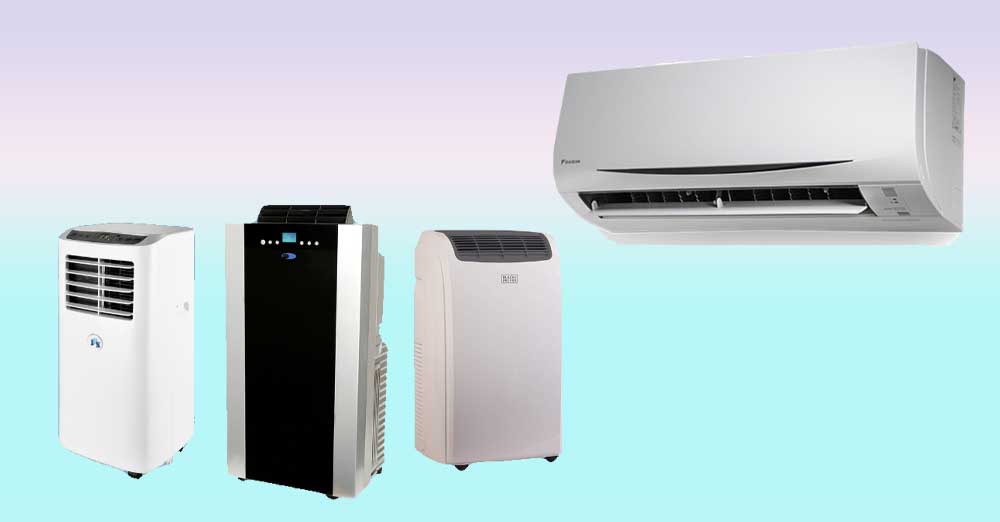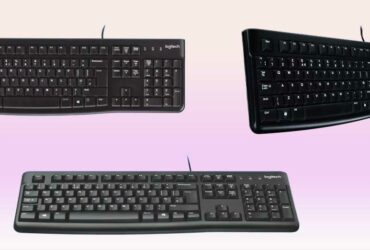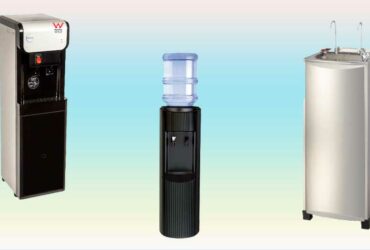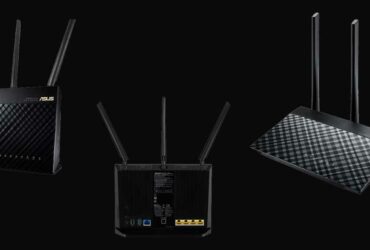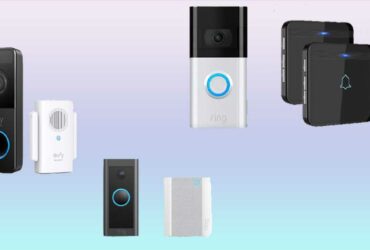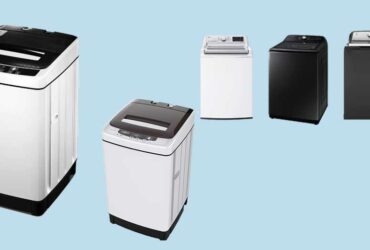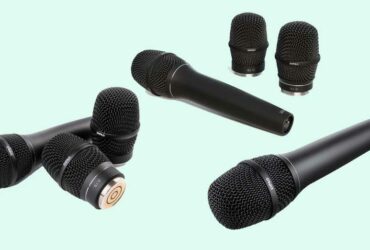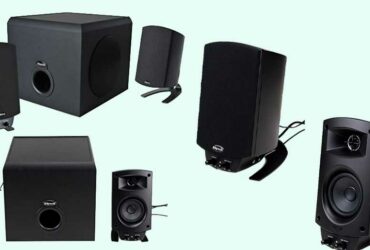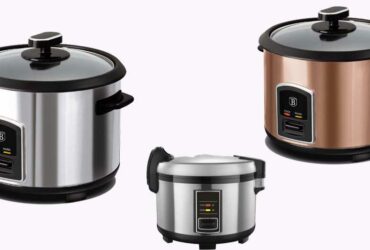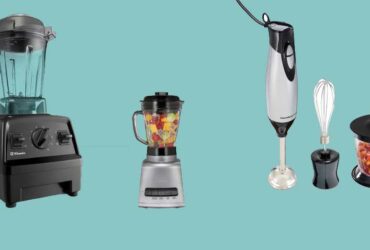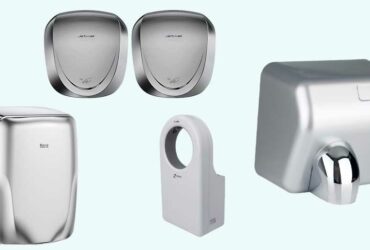We now consider air conditioners (AC) to be basic necessities because they are essential parts of the central heating and cooling systems in workplaces, residences, commercial buildings, and other structures. Although air conditioners come in a wide range of sizes and designs, they all work on the same basic concept.
The basic operation of an air conditioner is to extract heat and humidity from your home, transfer them to the outside air, and then reduce the temperature within your home. To keep the interior space at a frigid temperature, the cooled air is then redirected inside.
This is accomplished utilizing sheet metal ductwork and a specific chemical known as “refrigerant,” both of which are employed according to a scientific theory.
While the rest of an air conditioner’s operation is mechanical, the scientific premise outlined above is what makes it operate. Having stated that, let’s look in more detail at how air conditioning keeps your home cool.
Consumer electronics include a few main types of air conditioners, including:
The most typical sort of air conditioner in our home is a split unit unit. The air or water-cooled condensing unit and the air handling unit make up this unit.
The operation of cassette units is the same as that of wall-hung split systems. Split differs from cassette in that it is positioned in the ceiling as opposed to a wall.
A portable air conditioner operates exactly how a wall-mounted one does, except that it is more portable and less expensive.
How does a home’s air conditioner provide cooling?
You must be familiar with the air conditioner’s three main components in order to comprehend how they function:
The air conditioner operates because of the interaction of the three parts. Initially, a substance known as a refrigerant is changed from a gas to a liquid and back again. The compressor raises the chemical’s temperature and pressure before sending it to the condenser.
The condenser is responsible for changing the refrigerant from a gas into a liquid. The evaporator coil is where the refrigerant returns indoors once it has liquefied. The evaporator coil, as its name suggests, evaporates the refrigerant, cooling the indoor coil.
The cooled air is subsequently expelled by a fan, and the refrigerant absorbs the heat from the building. The refrigerant is repeatedly cooled down in the same manner until the house reaches the required temperature. To get the home to the desired temperature, this procedure is repeated.
In a nutshell, the refrigerant executes the air conditioners’ primary operating concept.
The refrigerant first raises its temperature by absorbing heat from the environment. It then moves in the form of a high-pressure, high-temperature gas from the compressor to the condenser.
A fan is used to circulate the produced cold air outward, assisting in its distribution to the targeted locations. The necessary ambient temperature is attained in this manner.
Water molecules encircle plasmacluster ions before they are discharged into the atmosphere. When the ions attach to the surfaces of airborne microorganisms, they produce hydroxide (OH) radicals, which are very oxidizing. The microorganisms include viruses, bacteria, mold, and suspended allergens.Moreover, it denatures the surface proteins by taking the hydrogen out of them. Water (H20), which is released back into the atmosphere, is created when the hydroxide (OH) radicals react with hydrogen (H).
The generation of positive and negative ions that are similar to those found in nature is one of the distinctive qualities of SHARP’s Plasmacluster air conditioners. Many airborne viruses, mold, and other pollutants are fended off by these ions.
Also, these air conditioners include a self-cleaning feature that guarantees that they are never dirty.
Plasmacluster air conditioners from SHARP draw in a lot of heated air, hastening the cooling process. This allows for a 5-degree increase in temperature in 5 minutes.
Moreover, it offers an additional extended (Coanda) airflow of around 15 meters. This ensures that the airflow is equal throughout your entire space.
The air conditioners from SHARP integrate IoT and AI. Motion detectors are employed to ascertain whether or not a person is in the space.
Moreover, the Smart Control Apps on your phone can be used to operate SHARP’s air conditioners. Even when you are away from home, you can use a smartphone to operate your air conditioner. What’s wonderful is that by turning on the air conditioner shortly before getting home, you can enter a cozy home right away.
Also, you have quick access to settings for the timing, wind direction, and air volume.
You may check the temperature and humidity of the room anytime, anyplace with the SHARP Air App to determine the best setting for your space.
You may check and track your air conditioner’s operating usage with the help of the app to get more use out of it. Even the timing of the cleaning service is indicated.
Prepare yourself for a hip, smart experience in your space? Further product models and details may be found here: https://vn.sharp/may-lanh
